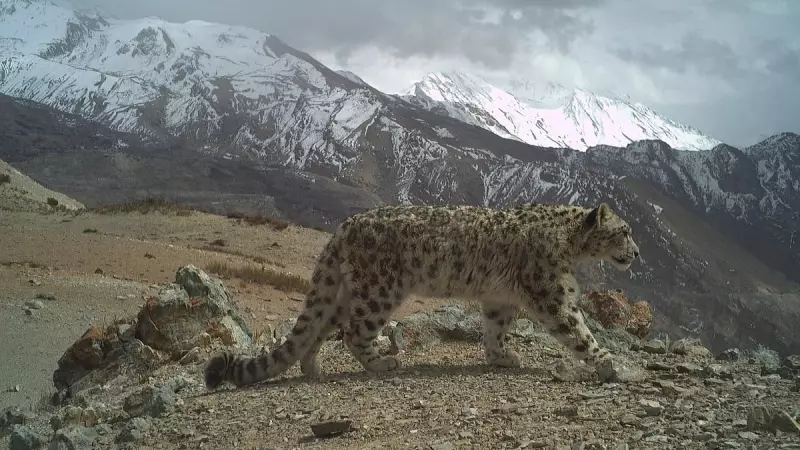
In a landmark achievement for wildlife conservation, Himachal Pradesh has revealed the presence of 83 majestic snow leopards within its mountainous territories. This groundbreaking figure emerges from the state's first-ever systematic scientific assessment of these elusive big cats, conducted through an extensive network of camera traps.
The Extensive Survey Effort
The comprehensive census covered the entire potential snow leopard habitat across Himachal's high-altitude regions. Wildlife authorities deployed camera traps at 1,971 strategic locations, capturing valuable data over 1,17,126 trap nights. This massive effort represents one of the most thorough wildlife surveys ever conducted in the Indian Himalayas.
Key Habitat Zones Identified
The survey pinpointed several critical snow leopard territories within the state:
- Lahaul-Spiti: Emerging as the primary stronghold with significant population density
- Kinnaur: Showing promising numbers and habitat suitability
- Pangi: Confirming its status as important snow leopard territory
- Bharmaour: Contributing to the overall population count
Conservation Implications
This scientific enumeration provides crucial baseline data for future conservation strategies. The confirmed presence of 83 snow leopards establishes Himachal Pradesh as a vital sanctuary for this endangered species. The findings will help wildlife authorities develop targeted protection measures and habitat management plans to ensure the long-term survival of these magnificent creatures.
Global Significance
Snow leopards are classified as 'Vulnerable' on the IUCN Red List, with global populations estimated between 4,000-6,500 individuals. The Himachal census contributes significantly to understanding the species' distribution across its range countries and strengthens India's position in global snow leopard conservation efforts.
The successful completion of this survey marks a new era in Himalayan wildlife monitoring, demonstrating India's growing capabilities in high-altitude conservation science and its commitment to protecting one of the world's most enigmatic big cats.





